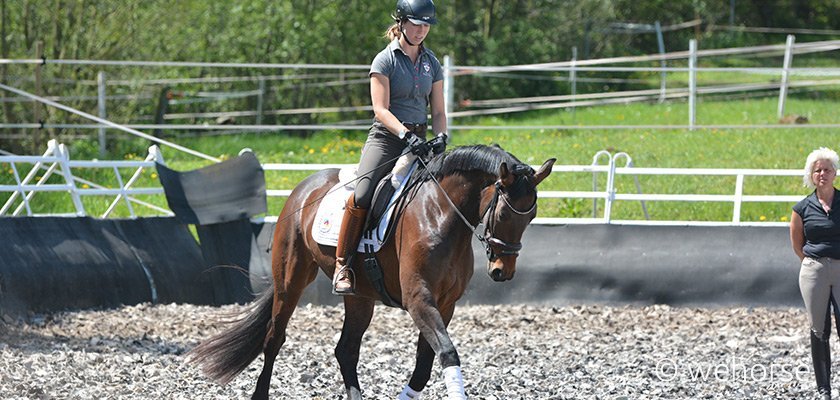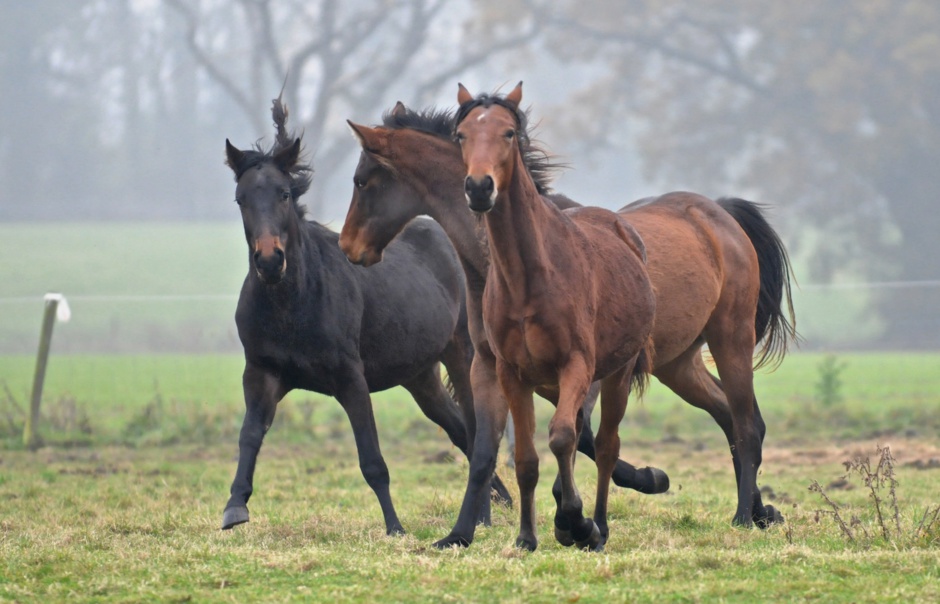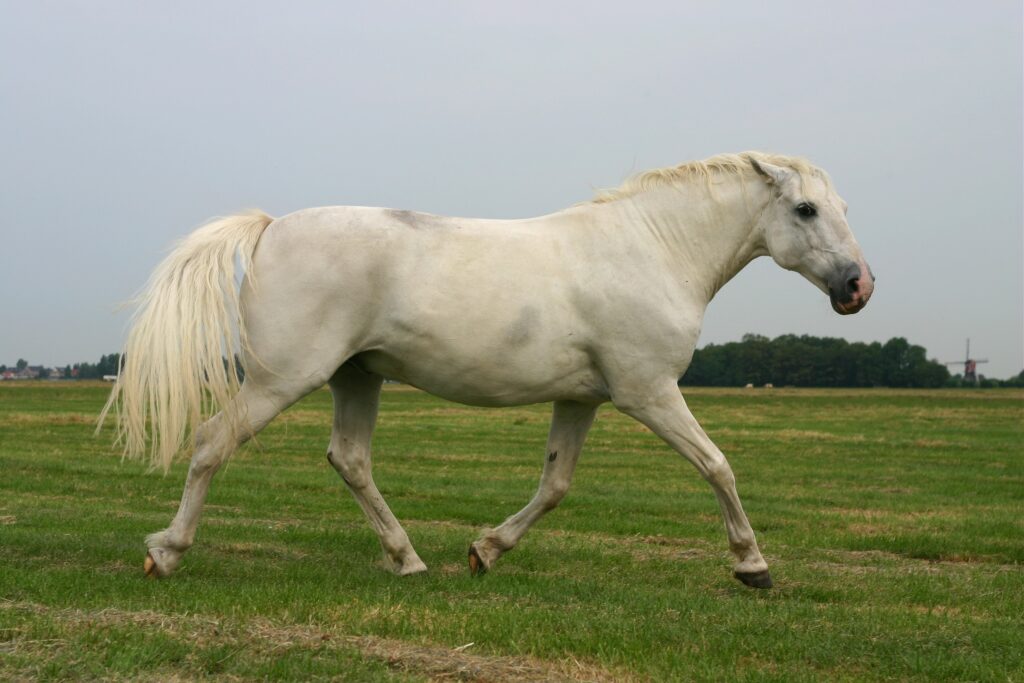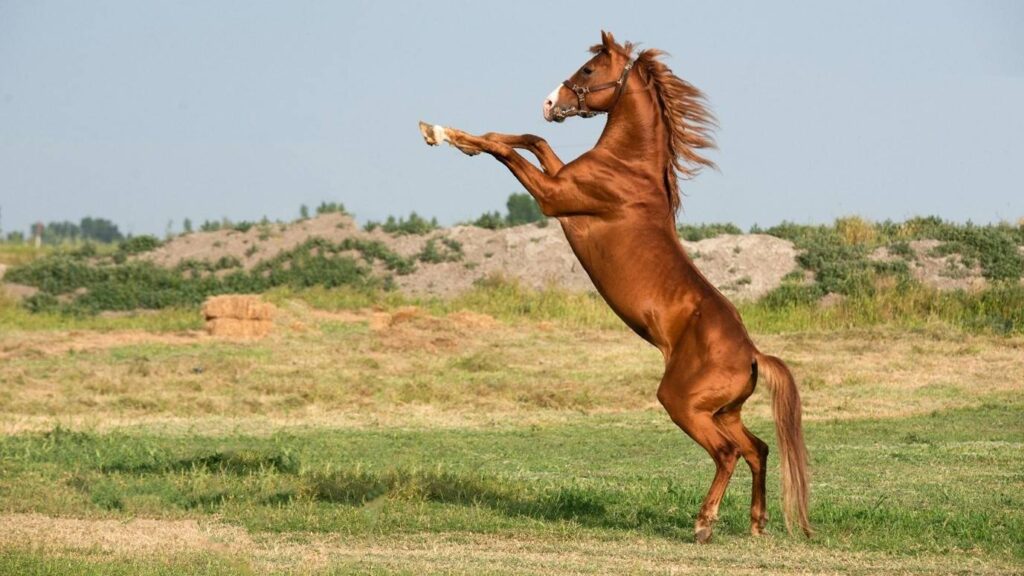Training a horse is both an art and a science. Among the fundamental skills, knowing how to train a horse to stop is crucial. This skill ensures safety for both the rider and the horse and is essential for effective horse riding. In the early stages of horse training, stopping is a command that needs to be mastered with patience and consistency.
Understanding how to train a horse to stop effectively involves a combination of techniques and a good understanding of horse behavior. This article provides insights into the necessary steps to make this training successful.

Understanding Horse Behavior
Before diving into the training techniques, it’s important to comprehend the basics of horse behavior. Horses are instinctively prey animals, and their natural response to danger is to flee. This instinct can sometimes make training challenging, but understanding it is the first step to successful communication.
Building Trust with Your Horse
Before training your horse to stop, it’s essential to build a foundation of trust. A horse that trusts its rider is more likely to respond positively to commands. For more details on building trust, you can refer to gain trust.
Initial Groundwork
Groundwork lays the foundation for all future training. It helps establish communication and respect between the horse and the trainer. This includes basic commands and exercises to help your horse understand what is expected of it.
Essential Groundwork Exercises
Start with basic exercises such as leading, halting, and backing up. These exercises help the horse understand pressure and release, which are key components in stopping. For more exercises, check out groundwork exercises.
Using Voice Commands
Voice commands are effective tools in horse training. The word ‘whoa’ is commonly used to command a horse to stop. Consistent use of voice commands, along with body language, helps reinforce the stopping behavior.
Consistency is Key
Using the same word consistently helps the horse make associations more quickly. Pairing voice commands with physical cues can enhance the learning process.
Implementing Physical Cues
Physical cues are just as important as voice commands. They provide the horse with a clear signal of what is expected. These cues can be given through the reins and the rider’s body.
Rein Cues
Rein cues involve gently pulling back on the reins while applying pressure with your legs. This signals the horse to stop and creates a physical connection with the command.
Practicing in a Safe Environment
It’s crucial to practice stopping in a controlled environment before attempting it in open spaces. An enclosed arena or round pen provides a safe area for initial training.
Gradual Progression
Start with short distances and gradually increase the length as the horse becomes more comfortable with the stopping command.
Positive Reinforcement
Positive reinforcement is an effective way to encourage desired behavior. Reward the horse with treats or praise when it successfully stops on command.
Timing is Everything
Ensure that the reinforcement is given immediately after the desired action to strengthen the association between the behavior and the reward.
Addressing Challenges
Training isn’t always smooth, and challenges may arise. It’s important to address these issues with patience and understanding.
Common Problems and Solutions
If a horse refuses to stop, it may be due to misunderstanding or discomfort. Re-evaluate your cues and ensure they are clear and consistent. For additional tips, refer to horse training tips.
Maintaining Consistency
Consistency in training is crucial for long-term success. Regular practice reinforces the command and helps the horse retain the information.
Setting a Routine
Establish a regular training schedule to help your horse understand what to expect and when to expect it.
Seeking Professional Help
If challenges persist, consider seeking help from a professional horse trainer. They can provide valuable insights and techniques tailored to your horse’s needs.
Choosing the Right Trainer
Select a trainer with experience and a good reputation in horse training. They can offer guidance and support to improve your horse’s skills. For more on professional training, visit horse training.
Conclusion
Training a horse to stop is an essential skill for every horse owner. It requires patience, understanding, and consistency. By following the steps outlined in this article, you can build a strong foundation for effective communication and a safe riding experience.

FAQ
What is the best way to train a horse to stop?
The best way involves a combination of voice commands, physical cues, and positive reinforcement. Consistency and patience are key.
How long does it take to train a horse to stop?
The time it takes varies depending on the horse’s age, temperament, and previous training. Consistent practice is essential.
Can I train my horse to stop without professional help?
Yes, it’s possible with dedication and patience. However, professional guidance can enhance the training process and address specific challenges.
This article contains affiliate links. We may earn a commission at no extra cost to you.







